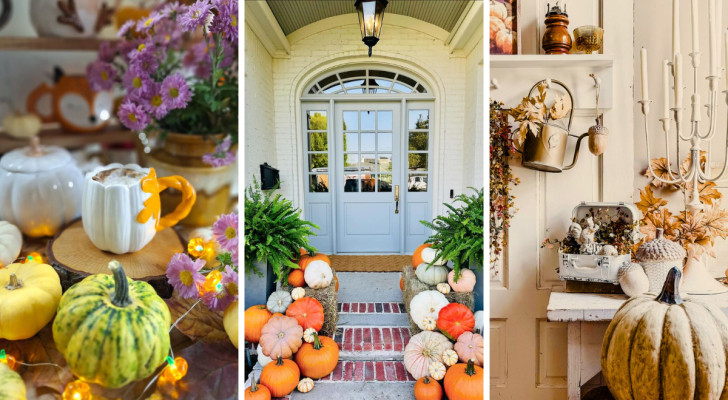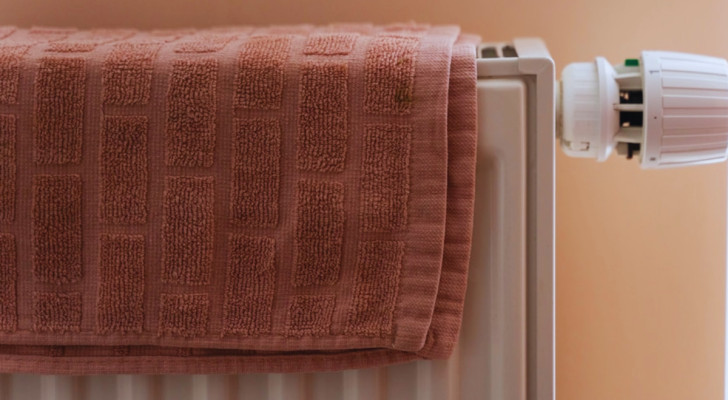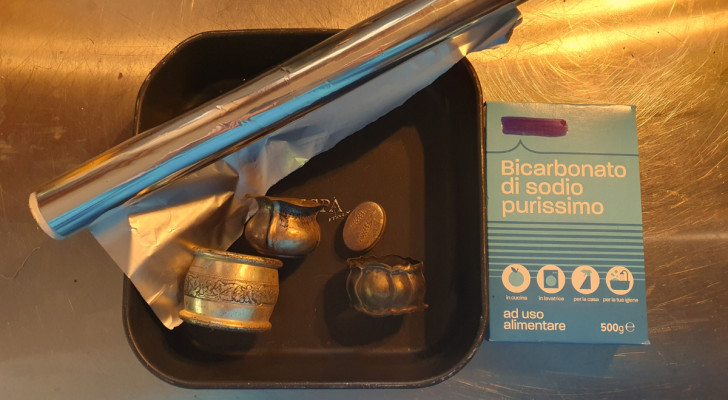DIY methods to rejuvenate you wooden staircase and remove all the signs of aging

Advertisement
Beautiful, elegant and timeless: a wooden staircase deserves special attention when it comes to cleaning it to ensure that it remains an outstanding feature in one's home. So how do you clean wooden staircases properly and remove any signs of aging or wear and tear? Well, you need to use the right methods, and we detail these below:
How to rejuvenate a wooden staircase that's showing signs of aging
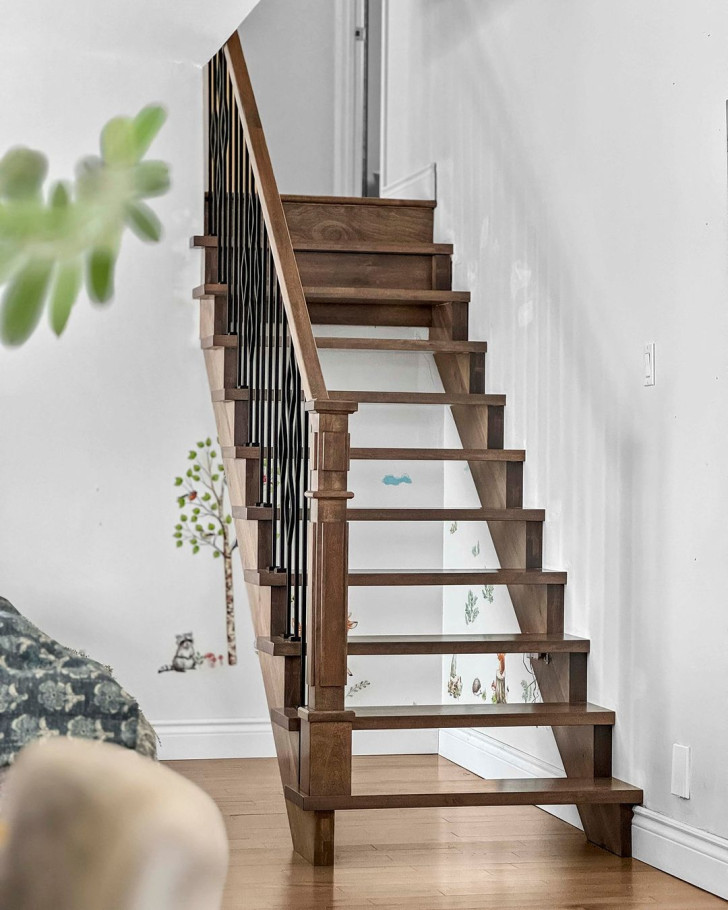
Over time all wood - no matter the quality - will show signs of aging. But it is possible to take basic restorative action yourself at home to deal with small scratches and discolorations in the wood which have been caused by normal wear and tear:
- Sanding: the first thing to do is to sand the wood with 80 grit sandpaper. Use a sander for all large surfaces and finish hard-to-reach areas by hand.
- Cleaning: get rid of all the dust and sawdust that is produced by the above sanding (use a vacuum cleaner for this). Then, wash down the wood with appropriate products (ie. those suitable for wood) or use a drop of Marseille soap and, of course, not too much water.
- Second sanding: the above two steps will reveal patches of "roughness" in the wood and these can be sanded down with a finer grain sandpaper (120 to 180 grit).
- Second cleaning: repeat the cleaning described in step 2.
- Treating the wood: depending on the state of the wood, a transparent wood oil/polish may be enough to nourish its fibres. Alternatively, you could take this opportunity to change the color of the wood. To do this, there are specific products you will need to use. That said, all nourishing and/or recoloring treatments must be carried out on wood that has been exposed and stripped of any barriers (for example, polish, varnish or other decorative finishes).
There are wood treatment products available that are composed of both wood nourishers and recoloring agents, and you can apply these using with brushes or lint-free cloths. - Finish: never forget to apply a finishing layer, which seals the fibers of the wood and protects the surface.
- Sanding and final cleaning: once all the above products have been applied (and have properly dried out/penetrated the wood),you can proceed with a final sanding using a very fine grain sandpaper (180 - 240 grit). Again, remove the resulting dust, wipe down with a damp cloth and you're basically done!
Advertisement
Additional tips for caring for wooden staircases
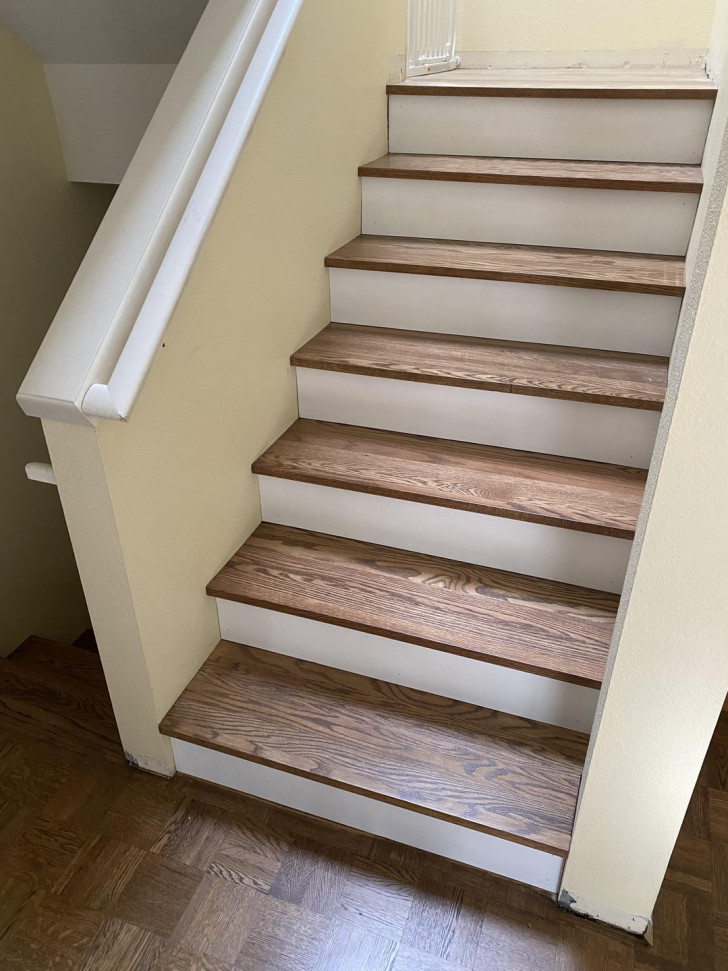
- Those with woodworking skills can also repair the damage that often happens to staircases. For example, the tread and risers might lift and or the steps might start to squeak. Information on how to deal with these issues can easily be found in online video tutorials.
- As for the choice of products you use when attempting repairs, always pay attention to the type of wood you are working with: both the paints/nourishing agents and the sealing/protecting products must be compatible with each other. These products are usually oil-based, so this needs to be taken into account.
- If you want to change the color of the wood, make sure you purchase a good primer.
- If the above-described sanding does not remove all the visible cracks and fissures in the wood, you can fill these in with a wood filler/putty (and before applying any finishing layers). Once dry, sand the filled cracks to make them flush with the rest of the surface.
Ready to make your staircase look like new again?
Advertisement
